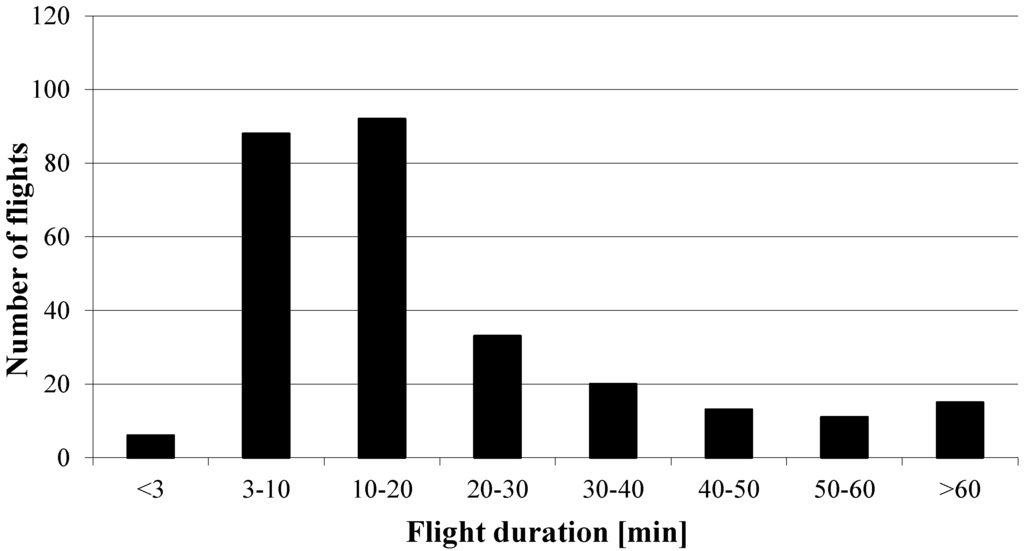Finman
Queen Bee
- Joined
- Nov 8, 2008
- Messages
- 27,887
- Reaction score
- 2,024
- Location
- Finland, Helsinki
- Hive Type
- Langstroth
.
We hive an archipelago of Ahvenanmaa between Sweden and Finland.
Bees were marked with paint and it was followed do they move in archipelago.
One bee was found in another hive 10 km away on different island.
We like to speak about marginal groups and about records, but what do majority?
.
.
We hive an archipelago of Ahvenanmaa between Sweden and Finland.
Bees were marked with paint and it was followed do they move in archipelago.
One bee was found in another hive 10 km away on different island.
We like to speak about marginal groups and about records, but what do majority?
.
.















































